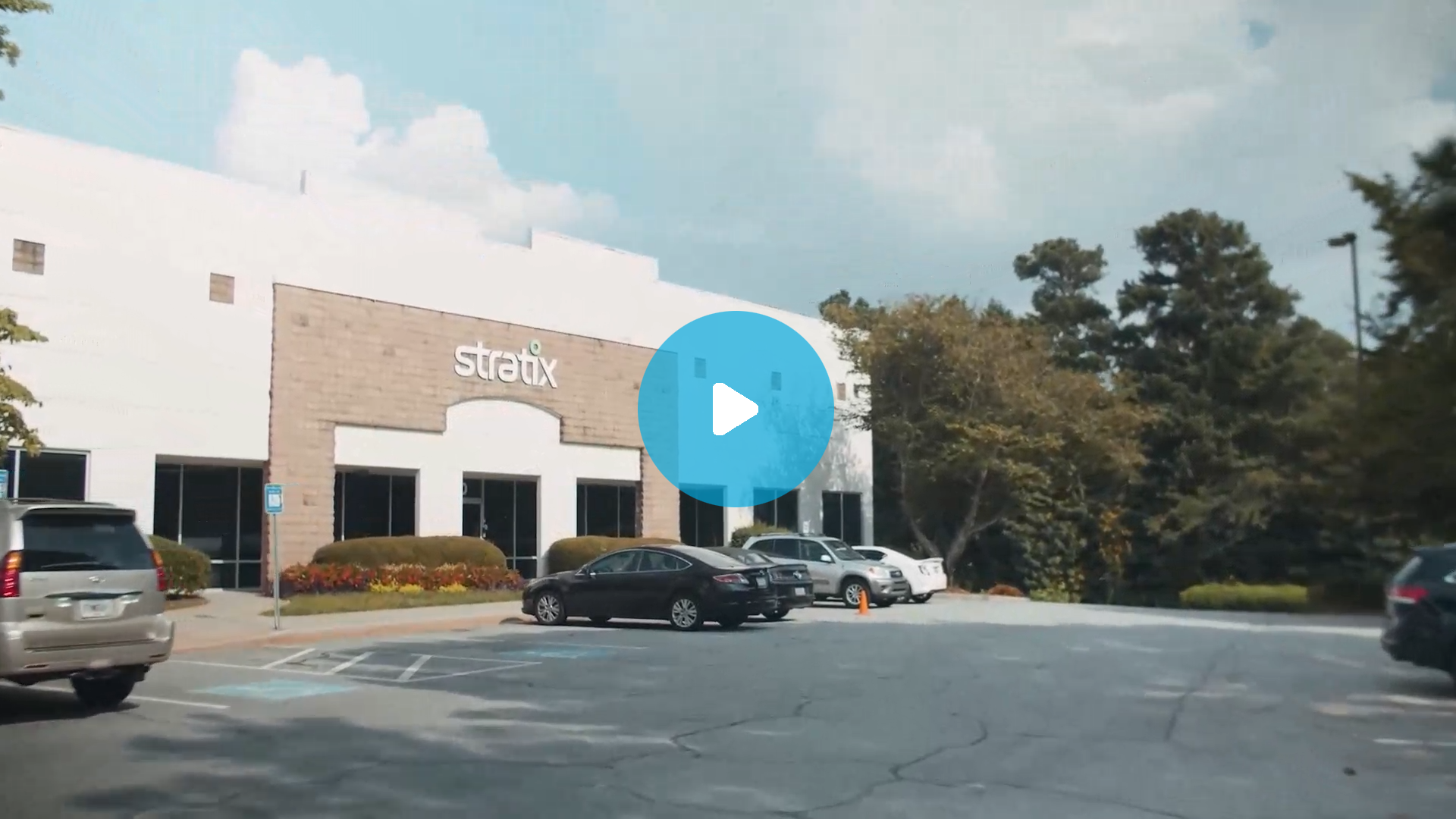While Apple’s 2025 Worldwide Developers Conference (WWDC) announced plenty of exciting features for everyday users, the big news for business users is how they empower enterprises to get even more out of their mobile and spatial technology investments. At Stratix, we’re very interested in the latest operating system updates, iPadOS 26 and visionOS 26, and what they’ll mean for our customers.
iPadOS 26: A Leap Toward Desktop-Class Mobile Productivity
iPadOS 26 brings the iPad experience closer than ever to a true desktop alternative, blending power, flexibility, and a refined user interface. For enterprise users, these enhancements support more complex workflows, smoother multitasking, and a more intuitive experience for mobile and frontline teams. With productivity, customization, and usability top of mind, iPadOS 26 helps businesses get more done, whether in the field, at a desk, or on the move. Here’s what this means for enterprises:
- Easier Multitasking: With the windowing system, teams can view dashboards, chat apps, and workflows side-by-side without constantly switching screens.
- Seamless Markup: The Preview app coming to iPad makes it easy to annotate PDFs and images with Apple Pencil or by touch, reducing the need for third-party tools.
- New Customizable Menu Bar: The menu bar allows users to quickly access in-app commands and search for features, streamlining workflows while giving developers the ability to design app-specific menus that better support enterprise tasks and user experiences.
- Faster Workflows: Background tasks and automation enhancements enable enterprise apps to perform long-running actions like syncing large files or processing data with less disruption.
- “Liquid Glass” Visual Redesign: iPadOS brings a translucent, cleaner, and more immersive design experience with glass-like elements and rounded corners.
visionOS 26: The Rise of Spatial Work
With visionOS 26, Apple continues its push into spatial computing with updates that strengthen the value of Apple Vision Pro in enterprise settings. Spatial Personas are more lifelike, and widgets now exist as fully spatial elements, meaning users can place them in their physical environment, view live data at a glance, and interact with them contextually without leaving their workspace. These persistent, customizable widgets open up new ways to surface dashboards, alerts, and workflows right where the user needs them. Meanwhile, shared environments create opportunities for real-time collaboration that feels more natural and presence-driven than ever.
Here are some enterprise applications:
- Immersive Collaboration: Imagine design teams, technical specialists, or project stakeholders reviewing complex spatial content together without needing to be in the same room.
- Virtual Training: Enhanced realism and spatial fidelity mean more engaging employee onboarding or medical simulations.
- Contextual Data Access: Spatial widgets let users view KPIs, alerts, or schematics floating within a workspace. No more tabbing through dashboards.
- Greater Developer Potential: visionOS 26 also brings expanded APIs for developers to build interactive volumes and spatial apps, unlocking customized solutions for field service, logistics, or remote troubleshooting, all within a fully spatial interface.
Final Thoughts
As an Apple partner supporting large-scale mobility deployments, we’re not just watching these developments. We’re actively helping customers prepare for and maximize them. Apple continues to redefine what mobility and immersive technology can mean for enterprises. With iPadOS 26 and visionOS 26, the tools are in place to work smarter, collaborate more naturally, and unlock entirely new modes of productivity. We’re excited to help our customers lead that charge.
Ready to learn how these updates could fit into your environment? Let’s connect to explore how we can support your goals with the latest from Apple.









